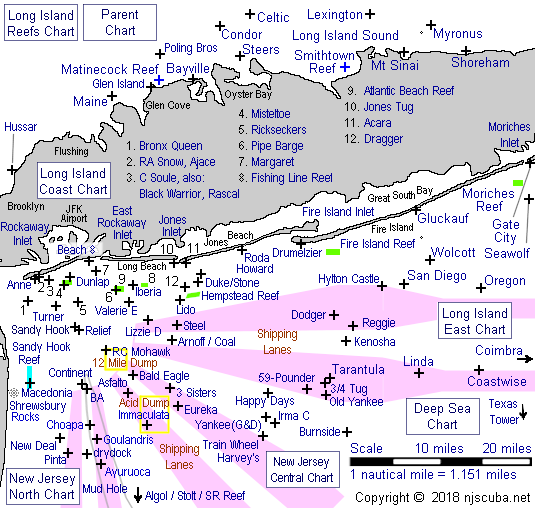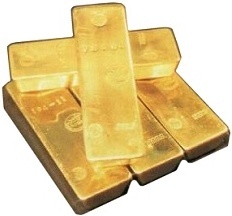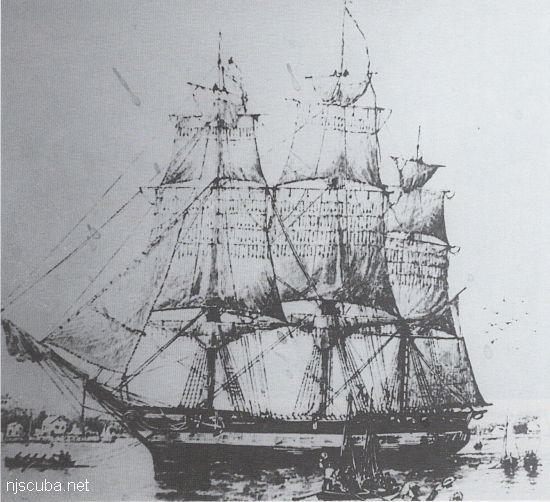HMS Hussar

- Type:
- shipwreck, frigate ( Mermaid-class, 6th-rate ), British Royal Navy
- Name:
- Hussars were light cavalry units of the period, known for their colorful and showy uniforms.
- Built:
- 1763, England
- Specs:
- ( 124 x 33 ft ) 627 gross tons
- Sunk:
- Thursday November 23, 1780
struck a rock - unknown casualties, including prisoners - Depth:
- probably buried in the landfill under the police station near 135th Street
During the American Revolution, the 28-gun Hussar sailed as a dispatch boat on the North American station. By mid-1779, the British position in New York was precarious as a French army had joined forces with General George Washington's troops north of the city. When Admiral Sir George Brydges Rodney took his twenty ships of the line south in November, it was decided that the army's payroll be moved to the anchorage at Gardiner's Bay on eastern Long Island. On November 24, 1779, against his pilot's better judgment, Hussar's Captain Charles Pole decided to sail from the East River through the treacherous waters of Hell Gate between Manhattan Island and Long Island.
Just before reaching Long Island Sound, Hussar was swept onto Pot Rock and began sinking. Pole was unable to run her aground and she sank in 16 fathoms (29 m) of water. The British immediately denied there was any gold aboard the ship, but despite the difficulty of diving in the waters of Hell Gate, reports of $2 to $4 million in gold were the catalyst that prompted many salvage efforts over the next 150 years. This continued even after the U.S. Army Corps of Engineers "blew the worst features of Hell Gate straight back to hell" with 56,000 pounds (25 tons) of dynamite in 1876. Hussar's remains, if any survive, are now believed to lie beneath landfill in the Bronx.
The Hussar is of historic interest only. It is sunk in Hell Gate, in the middle of New York City. The treacherous currents, polluted waters, and heavy traffic make it undiveable, except by professionals with specialized equipment. Legend has it that the Hussar sank with a large load of silver, but no solid evidence has ever supported that theory.
Submarine pioneer Simon Lake spent his later years and much of his fortune vainly searching for the wreck of the HMS Hussar in the 1930s. Given the amount of dredging and blasting that has been done in Hell Gate since 1780, neither the Hussar, nor the rock that sank it, are likely to still exist.





Questions or Inquiries?
Just want to say Hello? Sign the .